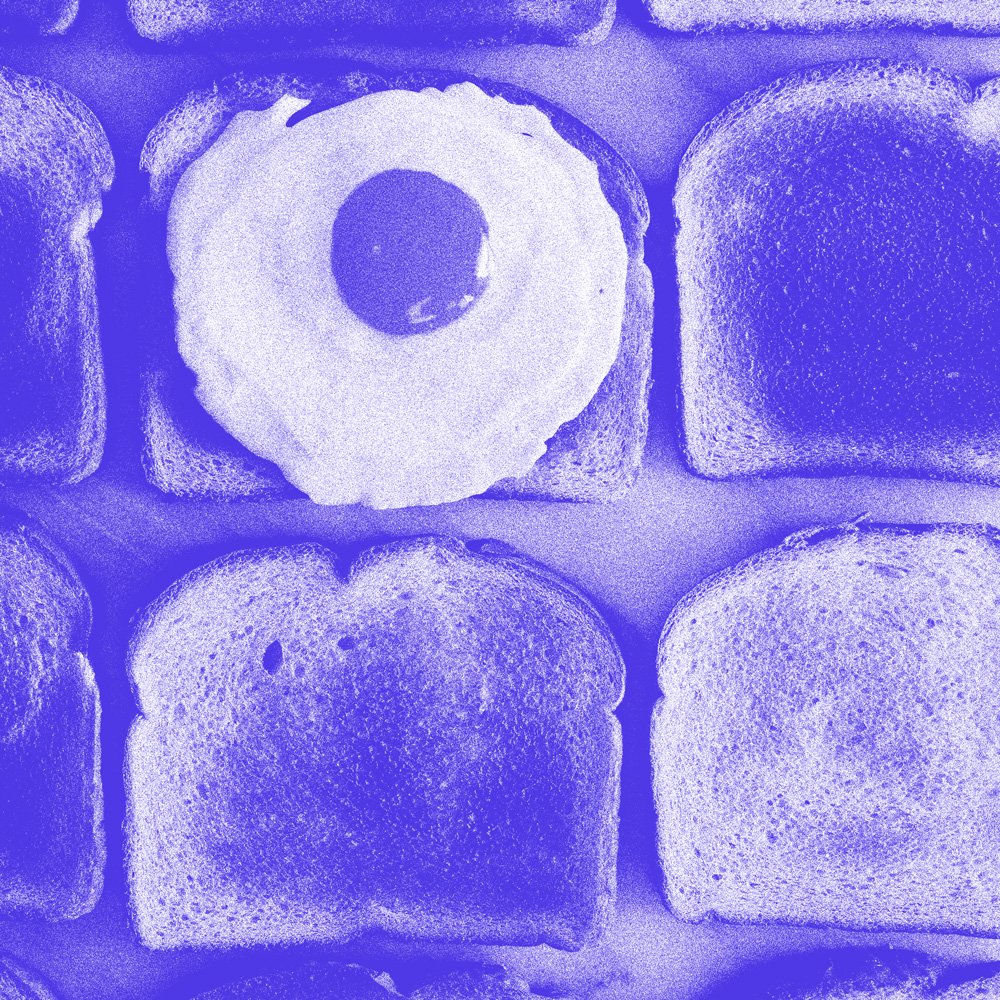How bougie is too bougie?
Picture this—a glorious greasy spoon cafe wants to rebrand to attract a different type of customer. This area’s ‘on the up’ and they want to capitalise on it.
There’s nothing wrong with that you might say. They can charge more for the same thing, which they need to do because staff are demanding higher pay—their rent has gone up—it’s the most expensive it’s ever been in this area and demand for housing is high.
I could do this for them. I could transform their brand identity from something that the local sign shop knocked up in 10 minutes, printed onto flimsy perspex and laminated under gaudy menus to match. I could make them look like an artisinal, avocado-spreading establishment (in terms of design anyway), but would it be right? Would it be authentic to them and to their customers? And, most importantly, does rebranding in this way play a part in ‘over gentrification’ of area, and of society?
Big concept, and this now sounds like the hypothesis for a dissertation, but I’m not here to offer a thoroughly researched argument or academic paper. It’s interesting though and I’ve been thinking about it for a long time, ever since this Guardian article popped up in my news feed.
“But the question we should be asking is whether closing a coffee shop is going to prevent gentrification. The answer is no, even if we acknowledge that places such as this do play a role. Today, however, the cultural capital of the avocado toast class is worth little compared with the might of the billion-dollar, multi-national, real estate investment and development industries – and their government partners – who now control our cities and neighbourhoods, as well as their potential for social and economic transformation.
“If we truly want to push back against gentrification, we are misplacing our energies by focusing primarily on superficial markers of taste. They are little more than symptoms of much more disruptive forms of urban change that are enriching the few at the expense of the many.”
— Leslie Kern
As the article discusses, there are many factors that contribute to gentrification, but I feel it’s relevant and something to be aware of when we, as brand designers are asked to work on a rebrand. We should dig into the reasons, motivations and social impacts of the work we create and be mindful of how we advise our clients with design transformations.
So, going back to our greasy spoon—here’s how I’d approach the project.
I would spend the time getting to know the owners and staff, and consider all of their current and potential future customers. I would eat the food, drink the tea and smell the coffee. I would look at what other cafes in the area are doing and ask why.
Ultimately, for them, I would be designing something that’s low on the ‘bougie’ front. I’d be aiming to design an identity that’s very individual to them, that embraces and celebrates the greasy-spoon culture—the gritty, functional cafe that communities and local customers know and love. They shouldn’t shy away from their roots and what makes them great in the first place.
Sometimes, being a designer comes with a level of guilt.
Well, guilt is the wrong word—it’s more like a constant feeling of being uncomfortable in justifying that what you do is ‘for the greater good'. Sometimes quite frankly, it isn’t, and that’s a conversation one needs to have with oneself.
I’m not comfortable with making someone look good, or appear something they’re not by adding design gloss. Let’s add meaning to our brands and show what makes them different.
Recognising that there’s much to learn about the impact and place of brand design socially, economically and in wider culture is really important and I want to keep learning.
Thanks for reading!
If you'd like to chat with me about your brand or website, I'd love to get to know you and hear all about your authentic business.
Sarah x


